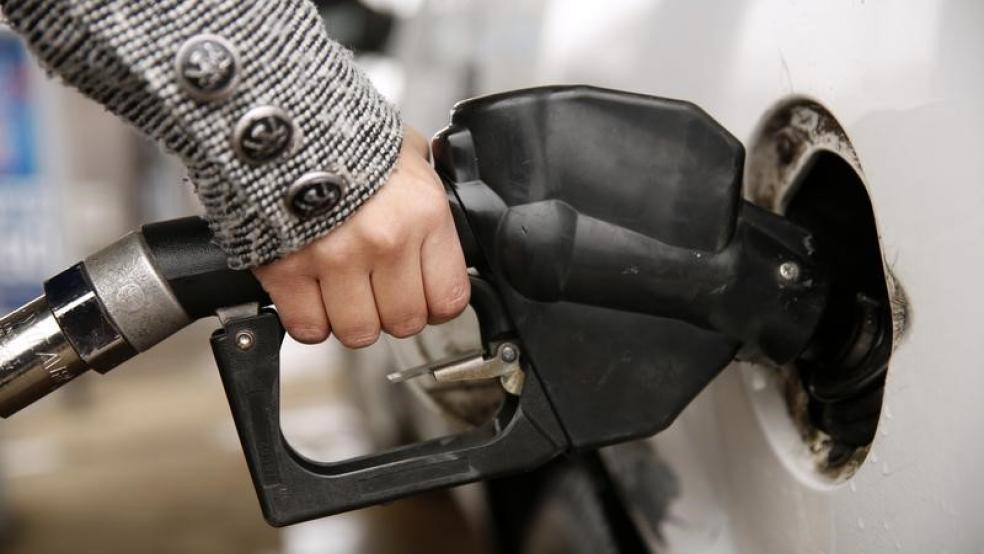The price of gas is expected to fall below $2 a gallon by the time the New Year rolls around. Gas hasn’t been below the $2 mark since 2009, when the U.S. was in the depths of the recession.
Drivers are already paying about 89 cents less a gallon than they were a year ago, and the price is expected to keep dropping. The national average price for a gallon of gasoline reached $2.59 Monday, the lowest since April 30. According to AAA, the price of gas has fallen for 26 days straight as of August 10. Analysts predict that by Labor Day gas will be 10 to 15 cents lower.

Related: How Low Can Oil Go? Traders Eye $30 a Barrel
Patrick Dehaan, senior petroleum analyst at Gas Buddy, has looked at the key factors that are pushing prices lower. “We are seeing declines now, but the decrease should pick up steam in mid-September,” Dehaan said.
- A strong dollar makes oil more expensive for foreign buyers, weakening overall demand and sending prices lower.
- The anticipation of Iranian oil hitting the markets has added to the drop in oil and gas prices. Once Iran is able to sell its oil freely, the country will start unloading the roughly 20 million barrels it has in storage. Iran can also begin producing 400,000 barrels a day from its existing oil fields. After a year of rebuilding and repair, Iran could be producing 500,000 barrels a day.
- The economic slowdowns in Europe and China will likely trim demand for gasoline in the global market.
- Gas prices typically fall after the summer driving season in the U.S. Last year, average prices fell by more than a dollar between August and Christmas. The typical decline in the autumn is between 35 and 65 cents.
- Gas stations can begin selling cheaper winter-grade gasoline on September 15. Gas is more expensive in the summer due to EPA rules requiring the sale of lower-volatility gasoline, which produces less ground-level ozone. It costs refiners about 25 cents a gallon more to make summer-grade gasoline.
- In the fall, gasoline production slows in the U.S. as oil refineries undergo maintenance. While a decline in supply usually leads to an increase in prices, there’s also a decline in demand once summer ends. This year, the fall in demand is expected to outweigh the fall in supply, adding more downward pressure on prices.
Related: Get Ready for a Hike in the Federal Gas Tax
Oil traders are signaling lower prices in the futures markets. Implied spot prices for some major gasoline markets in November and December are already trading at around $1.25 a gallon, according to Tom Kloza, global head of energy analysis at Oil Price Information Service.
The regions that will experience the lowest prices will be the Southeast, the Great Lakes, Oklahoma, Texas, the Gulf Coast and, toward mid-winter, the Rocky Mountains.





